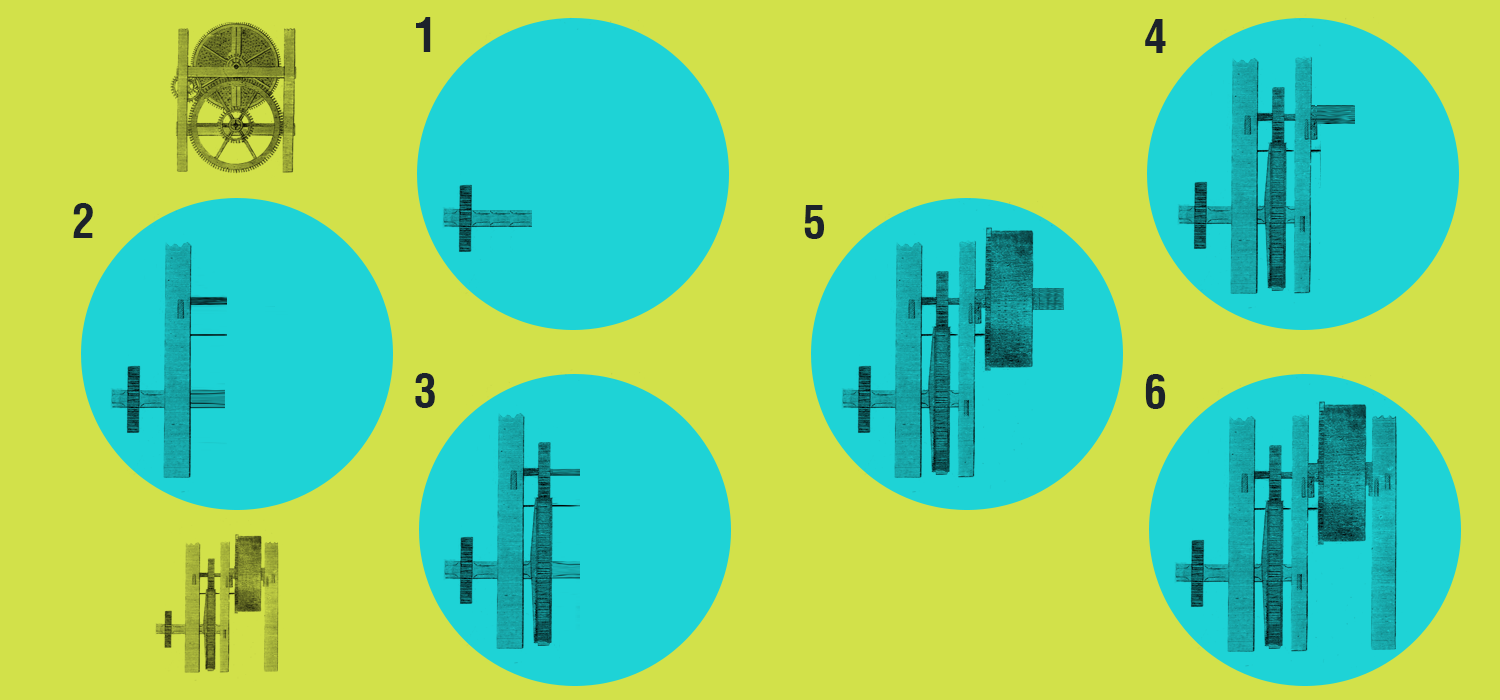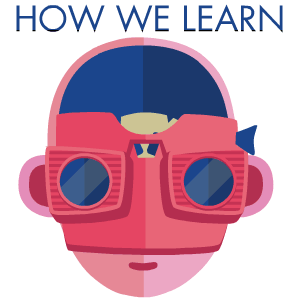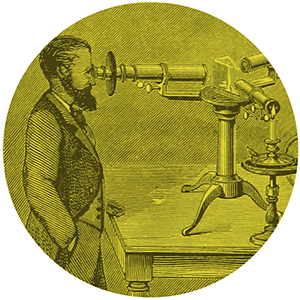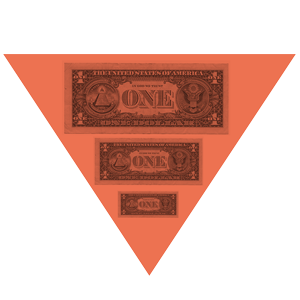

When we talk about innovators, we normally talk about how someone becomes one–not when. We talk about the success or failure of their experiments, products, and companies, and the gradual accrual of hard-earned experience that led to their breakthrough. We define innovators by the things they make, but rarely talk about the things that made them.
That might be because doing so brings up some uncomfortable truths: In the United States, “If your parents are the top one percent of the income distribution, then you’re 10 times more likely to grow up to be an innovator than if you’re born in the bottom 50 percent. That’s a huge difference,” says John Van Reenen, a professor in MIT Economics & Sloan.
Van Reenen is leading “The Lifecycle of Inventors,” a data-based research project looking at how the early lives of innovators affected their careers. Working with a team from Harvard, Stanford, and the U.S. Treasury, he’s looked at 1.2 million people who applied for or were granted a U.S. Patent between 1994 and 2014, and correlated this data with their education and family financial records.
The study is enormously valuable and timely, not just for the huge dataset it analyzes, but also because it looks at the barriers to entry right at the start of innovators’ careers. We might assume that the best and brightest will find a way to overcome the hurdles between them and success, that someone with the potential to become a future Einstein will definitely break through. But is this always the case? Does Einstein the child always end up becoming Einstein the genius?

Every government says it wants more innovation. But that usually means developing related incentives–tax breaks for companies spending on R&D or encouraging patent filing for new inventions. Van Reenen believes that’s the wrong approach. We should focus policy less on innovative companies and more on innovators themselves.
In terms of employing raw talents and actively creating a career trajectory, he says, “Most economists have this illusion that people have all the information they need to choose the right option for them. But increasingly we’ve realized that people don’t have all the information. They get a very different view of the world from the culture and communities they grow up in. That can really restrict the choices that they can make.”
That’s the underlying thesis of the team’s research, which arose after investigating if, and how, the innovators in their dataset were exposed to innovation at an early age. Without seeing innovation around them as they grew up, would kids with potential to innovate know what they could do with their talent?
Van Reenen’s team analyzed the data on the 1.2-million patent filers for evidence of three kinds of exposure–whether they had parents who were innovators, whether their parents worked in a sector with high levels of innovation, or whether they were living in a community with high levels of innovation. Not only did the research find that these three factors had an effect on “making” people innovators, it also influenced the specific sectors they innovated within.
“We decided to not look at innovation in general, but at specific sectors of innovation,” says Van Reenen. “So Silicon Valley is really good at software, but not so fantastic for medical devices. Do you see people who are growing up there innovating more in particular types of software, rather than other types of innovation? That’s exactly what we did see.”

So early exposure to an environment of innovation not only makes children more likely to innovate, it leads to innovation in the specific industries that were active in the community where they were raised. “That gives us more confidence that it really is something about the environment you grow up in, rather than something else that we can’t really control,” he says.
We might think that really exceptional talent–the Einsteins–would thrive even if they didn’t grow up with the privilege of an innovative community around them. But Van Reenen disagrees: “The problem we find in our paper is that, if that view were true, then the kids from poor backgrounds would be amazingly better than the kids from rich backgrounds, because they’ve managed to jump over all these hurdles to get to where they are. When you look at the data, that doesn’t really jump out at you. It’s not that the poor kids are much better or much worse–they look pretty similar.” The thing is, there’s just far fewer of them.
It’s that insight which guided the research down another path, toward this hypothesis: “Well, maybe the reason is that poor kids just don’t think about or even consider the possibility that they could grow up and be an inventor,” Van Reenen says. “They haven’t had the role models, or mentors, or thought about the possibility of doing this. It’s outside the things they would even think about. That’s the kind of thing that we tried to explore and find some evidence for.”

So what if you’re not lucky enough to grow up with parents who are innovators in Silicon Valley? There must be ways to create other kinds of exposure that could encourage kids to consider innovation as a career.
Take, for instance, Dundee, Scotland–just about the most unlikely and remote place you’d ever imagine as a hotbed of innovation. But in the 1980s, Timex chose Dundee as the location for a factory producing the revolutionary ZX Spectrum computer. Growing up around this plant were many kids who later became pioneers in the U.K. games industry, including David Jones, creator of Lemmings and the Grand Theft Auto franchise.
For a generation of kids born in the eighties, exposure to innovation came from the launch of reasonably affordable personal computers; and their role models were the bedroom coders who were often not from privileged backgrounds. Now that current generations are growing up with incredibly powerful and connected smartphones in their hands, maybe exposure to innovation can come from virtual and physical networks alike.
“The data we look at ends in 2012, and those types of communities were only just building up at this time, so it’s very hard to tell,” Van Reenen says when I ask him about this. “Of course, virtual networks could break the link between where you live and the community you get exposed to, but we don’t know for sure from our research. My gut feeling is that I think there is still something about face-to-face communication.”
With that he launches into a story about his days working at Stanford and the train ride down from San Francisco, when he would chat with people about the new startups they were working on or any other new ideas they had. “There’s a kind of communication you have which is very hard to totally translate online–whether it’s Twitter, or Facebook, or anything else–that’s easier to do when you’re physically close to somebody,” he says.

Of course, there’s inequality in all kinds of high-level careers. But Van Reenen sees the innovation sector as distinct. “The barriers to becoming a lawyer, an academic, or a CEO may be important, but if there are big barriers to becoming a brilliant scientist–an Einstein, a real innovator–then this is not only a bad thing in terms of social injustice, it’s a bad thing in terms of economic growth,” he says. “If inequality is holding back talented people from being able to grow up, flourish, and create great ideas, we’re not only making them poorer, we’re making the whole of society poorer.”
The important message here is that if we want more innovation, we need to focus less on “intensive” policies–ones that focus on rewarding and incentivizing existing innovators–and more on “extensive” ones that focus on finding and developing kids from different backgrounds.
As Van Reenen puts it, intensive policies don’t work, because the rewards for successful innovators are motivation enough already. “If you’re trying to come up with an innovation which is going to earn you $200 million, whether you’re paying 50-percent tax or 40-percent tax on $200 million is not going to have a massive effect on whether you want to be an innovator or not. Everyone wants to win the lottery, right? Whether your lottery winnings get taxed at 50 percent or 40 percent is not really going to make a big difference to whether you buy the lottery ticket. So those types of policies are not the most effective at trying to stimulate overall innovation.”
Effective innovation policies will need to do more than just focus on delivering STEM education in schools. They need to expose children to innovation as a cultural, social, and economic activity so kids can see themselves as innovators in their future careers.
There’s some prototypes out there, like the work that David Card from Berkeley has been doing with “gifted and talented” programs that go into disadvantaged schools and find kids who show a lot of potential. The programs are designed to give them extra help, especially around math, science, and engineering subjects. “It would be interesting to follow those kids as they grow up, and see whether that affected their whole career choice,” says Van Reenen. This extra mentoring is not just about more study; it’s intended to encourage an innovator’s mindset at an early age.
David Gauntlett, professor of Creativity and Design at the University of Westminster and author of Making is Connecting, agrees with Van Reenen’s findings, but believes children need more than just exposure.
“Inspiring role models are definitely part of the mix. But if a politician, policymaker, or educator would take from this that you can keep schooling as it is but just add in some examples of good works done by innovators, I think that would be wrong,” he says. “What you really need is to transform the model of learning so that children are regularly required to be innovators themselves. A good example is Design for Change, a movement started in India by Kiran Bir Sethi, which gets children tackling real problems using design thinking.”

So to go back to the question I asked earlier, was it inevitable that Einstein would grow up to be a genius? As it turns out, the inventor’s early life is a perfect illustration of Van Reenen’s research.
Einstein’s father was an innovator who moved the family to Munich when Albert was only one year old to form a company developing early electrical technologies. This was in 1880, when the battle between AC and DC electrical innovators was at its height, and relocating to Munich put the young Einstein right in the thick of it.
In his early life, he had all three kinds of the exposure that Van Reenen’s research uncovered. His father was an innovator who worked in a highly innovative sector, and he moved the Einstein family to a city with strong clusters of innovation. Einstein, in turn, passed on the same benefits of exposure to his first son, Hans Albert, who ended up as an associate professor of hydraulic engineering at the University of California.
There are, I’m sure, thousands of potential Einsteins out there right now, but their raw talent isn’t enough to guarantee their future success. We need projects that help kids think like innovators, but even more importantly, we need to help them believe they can be innovators themselves.


How We Get To Next was a magazine that explored the future of science, technology, and culture from 2014 to 2019. This article is part of our How We Learn section, on the future of education. Click the logo to read more.
